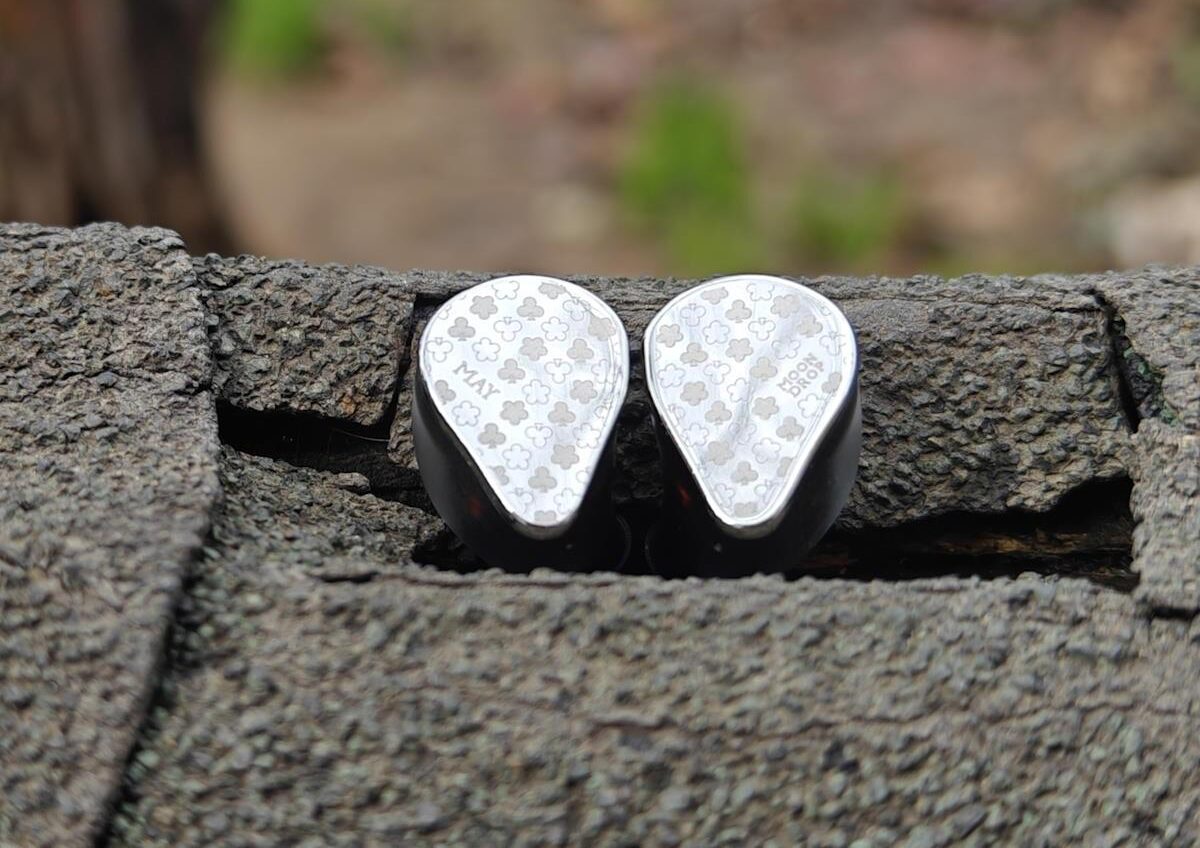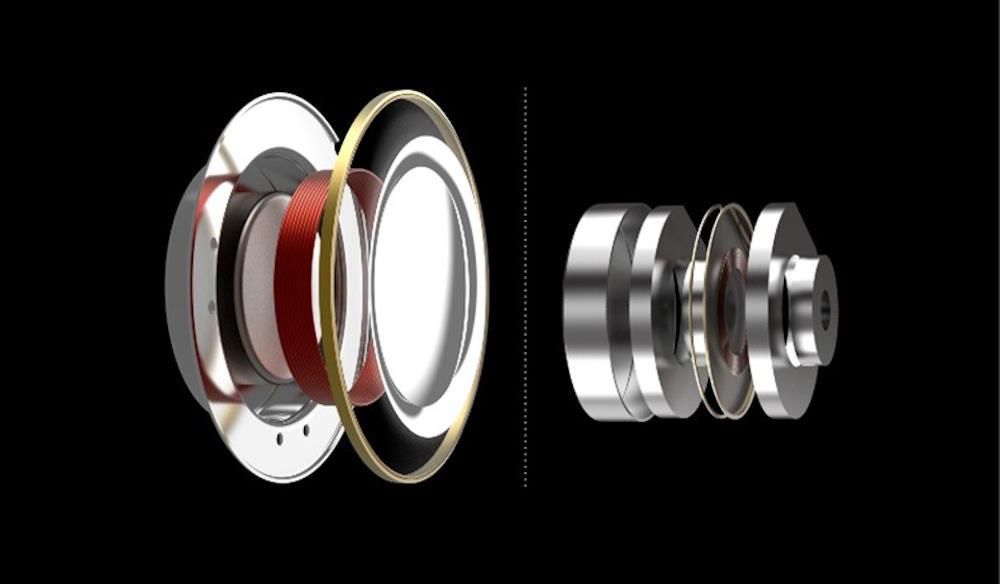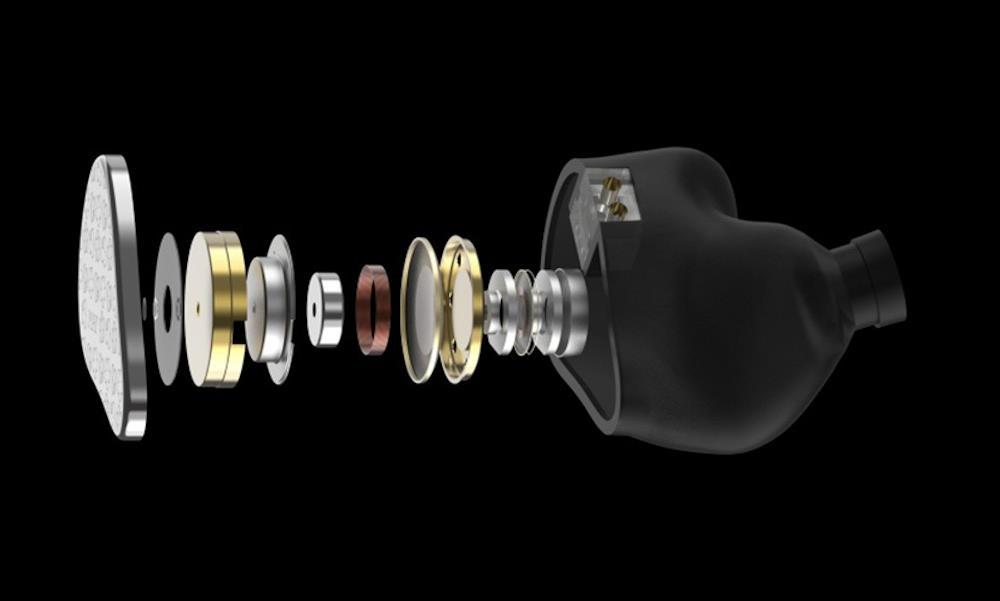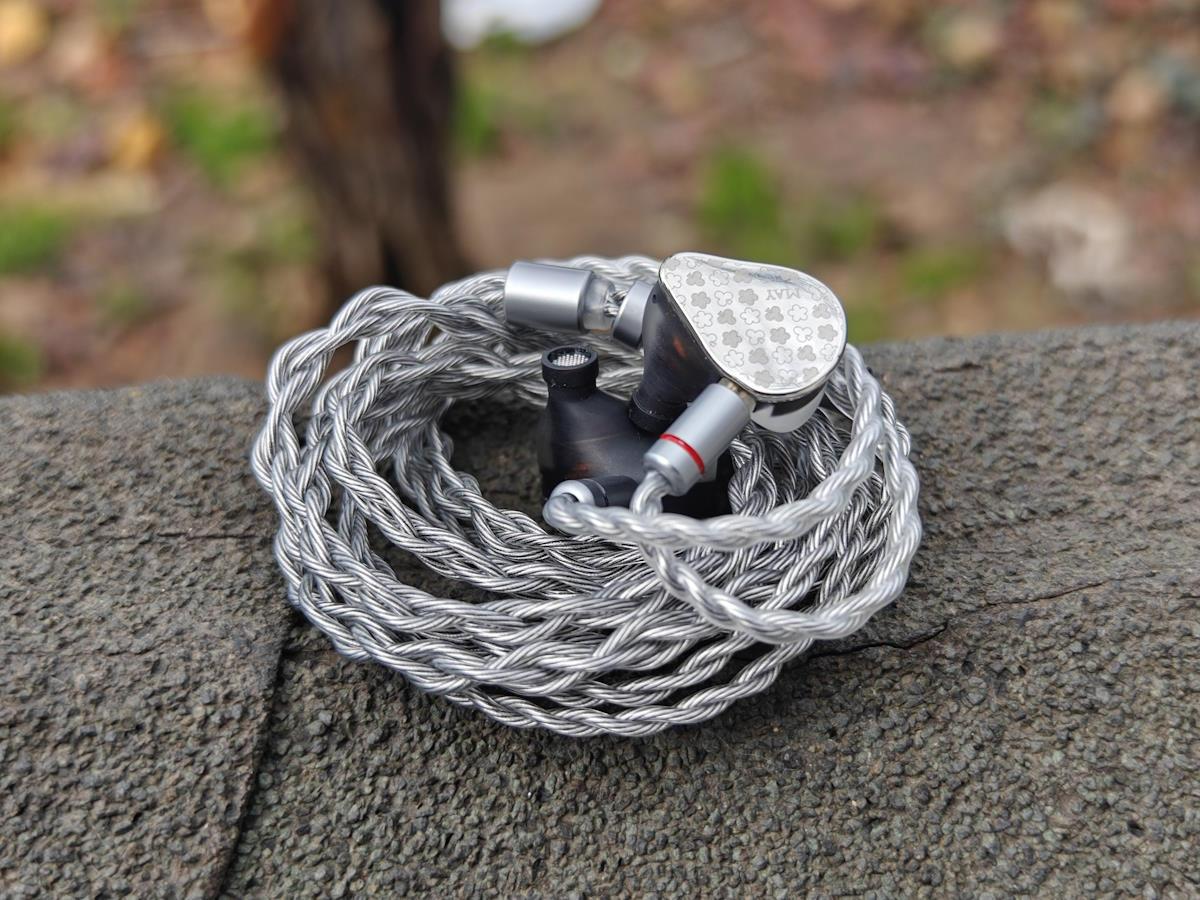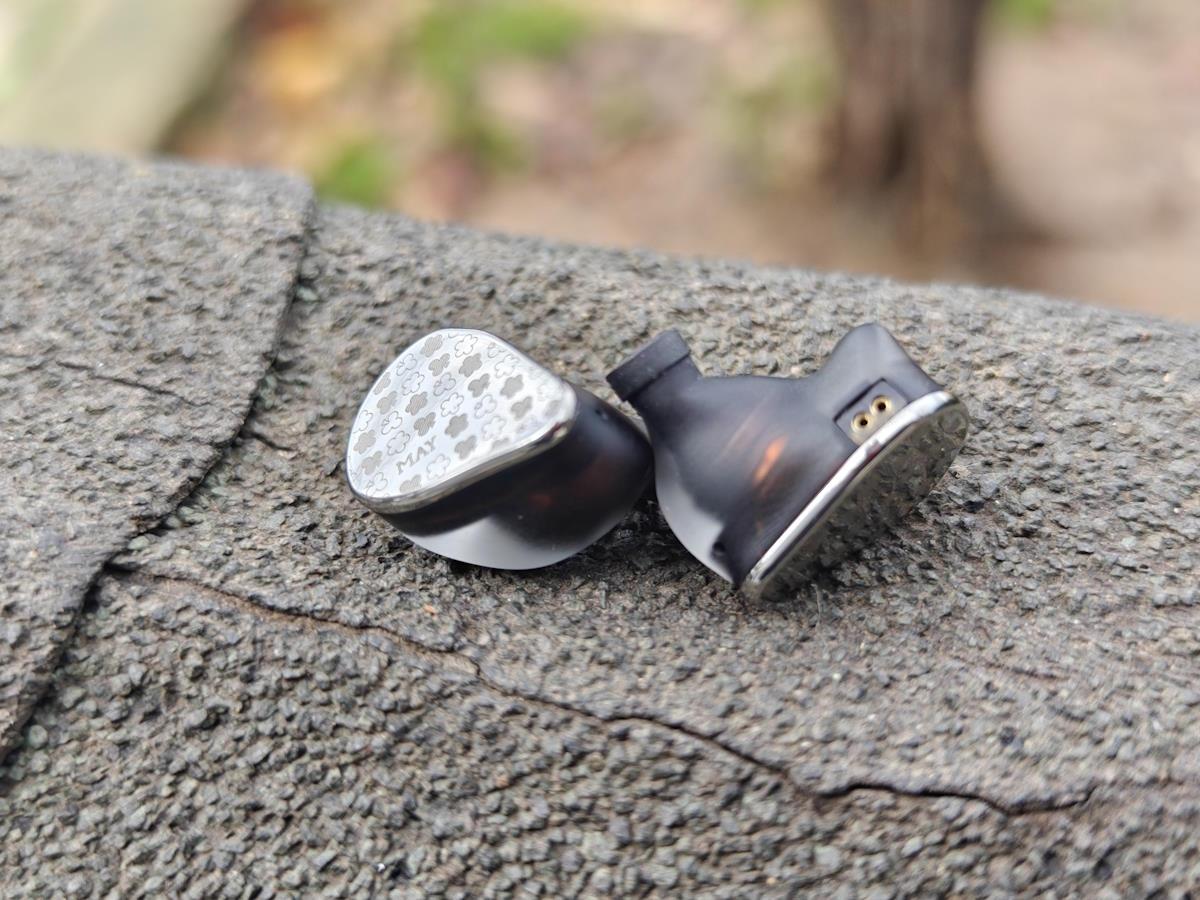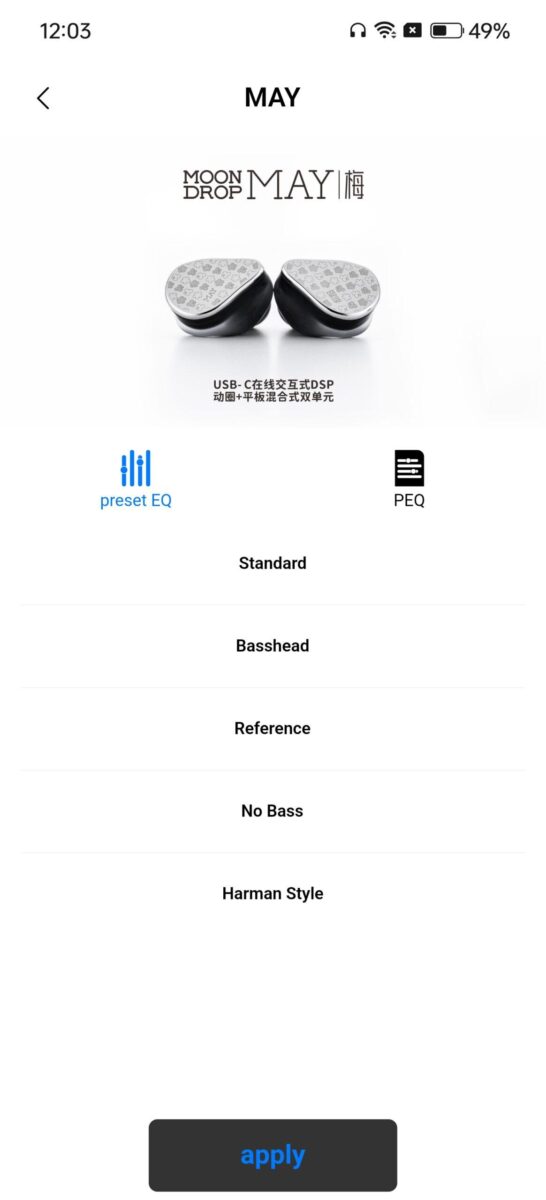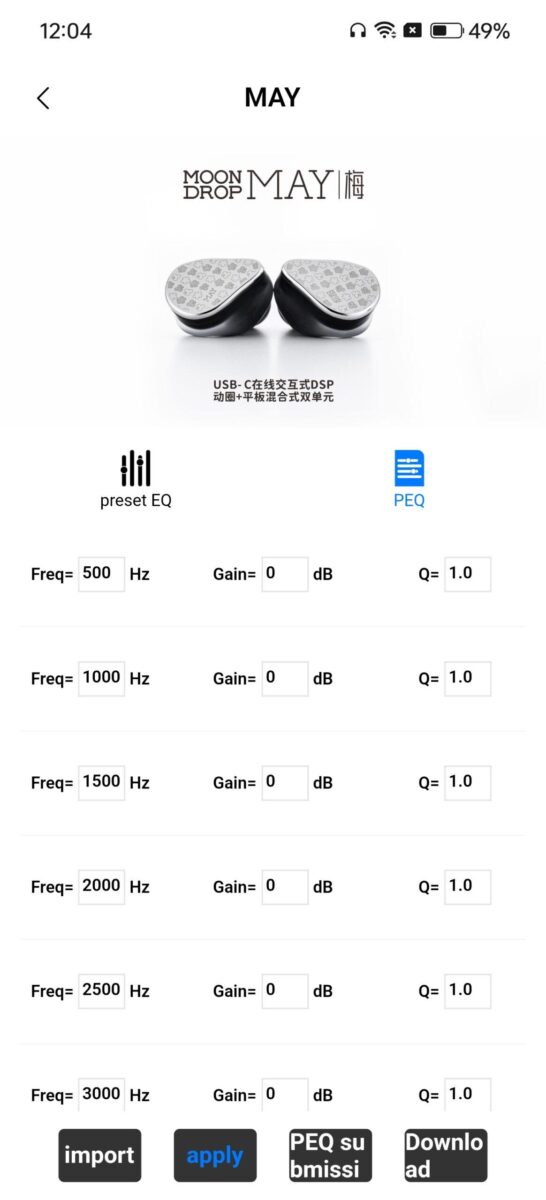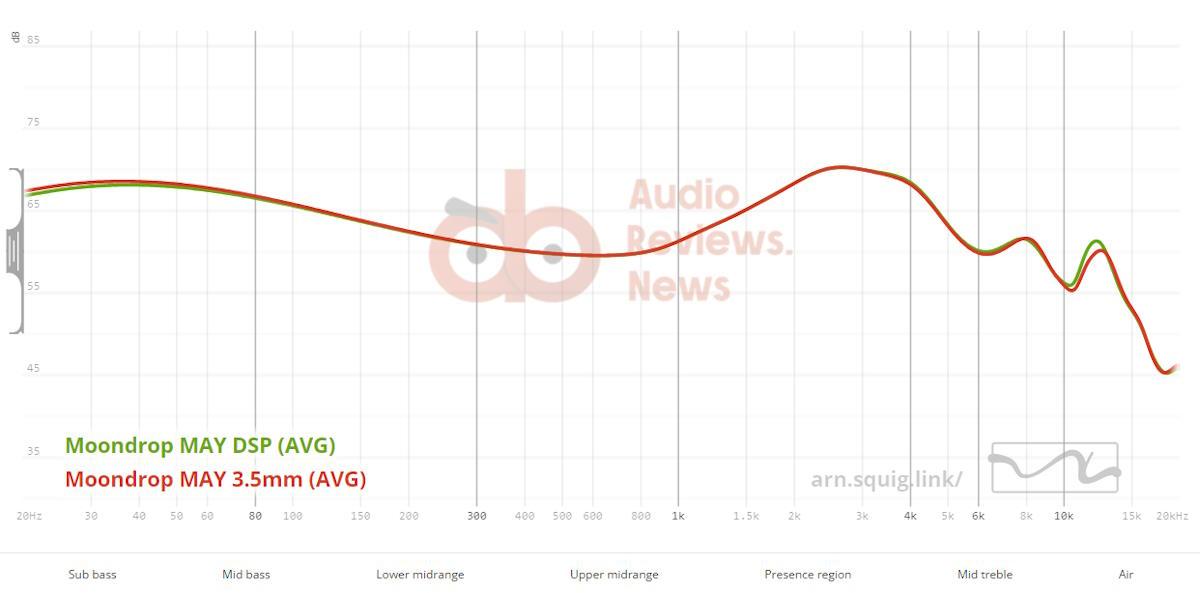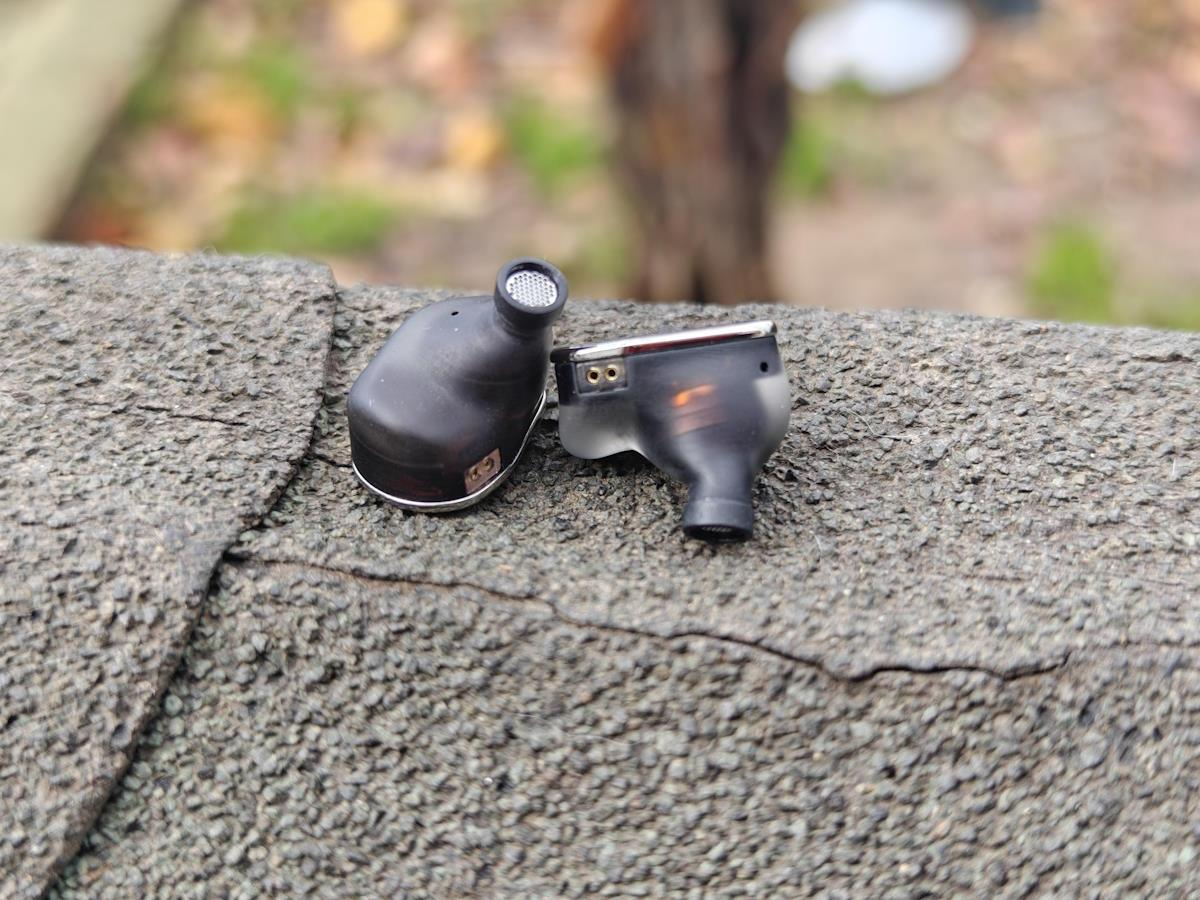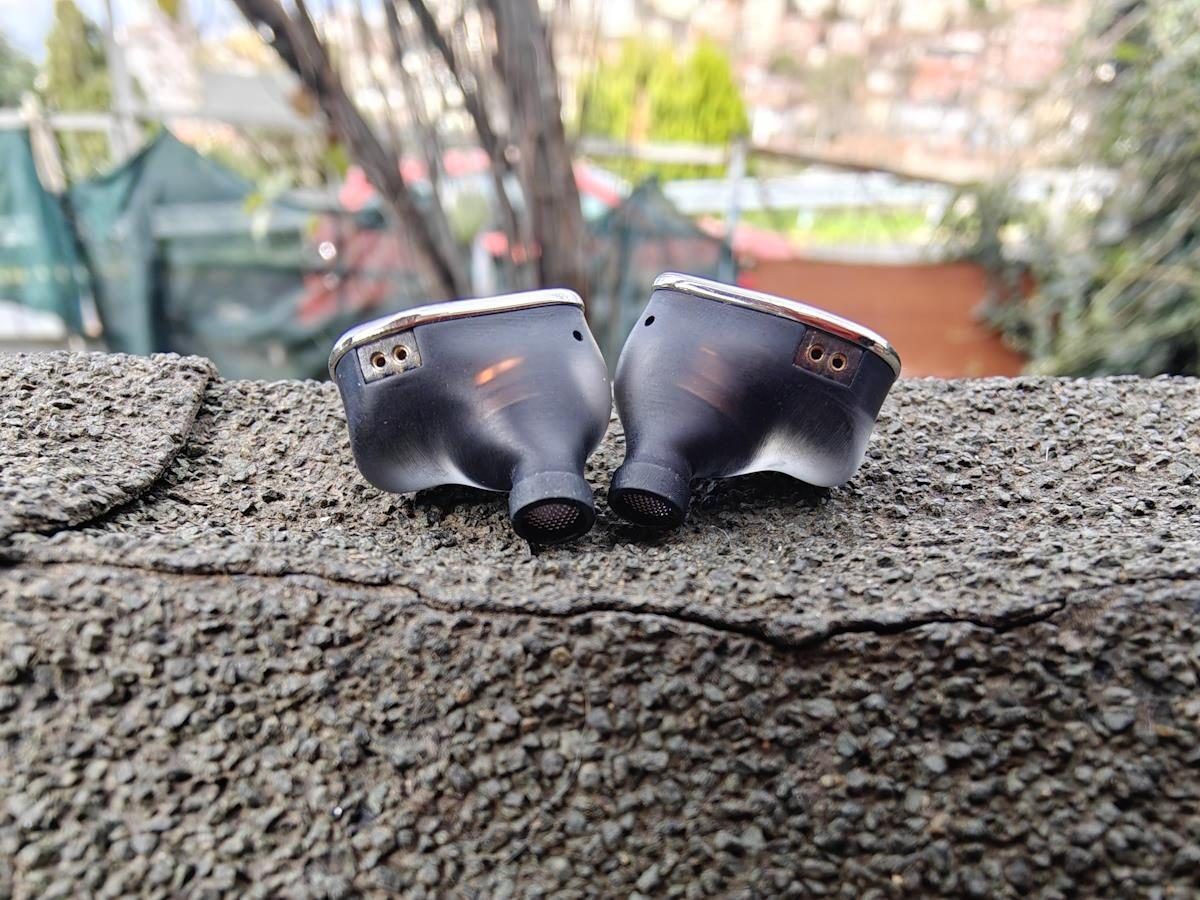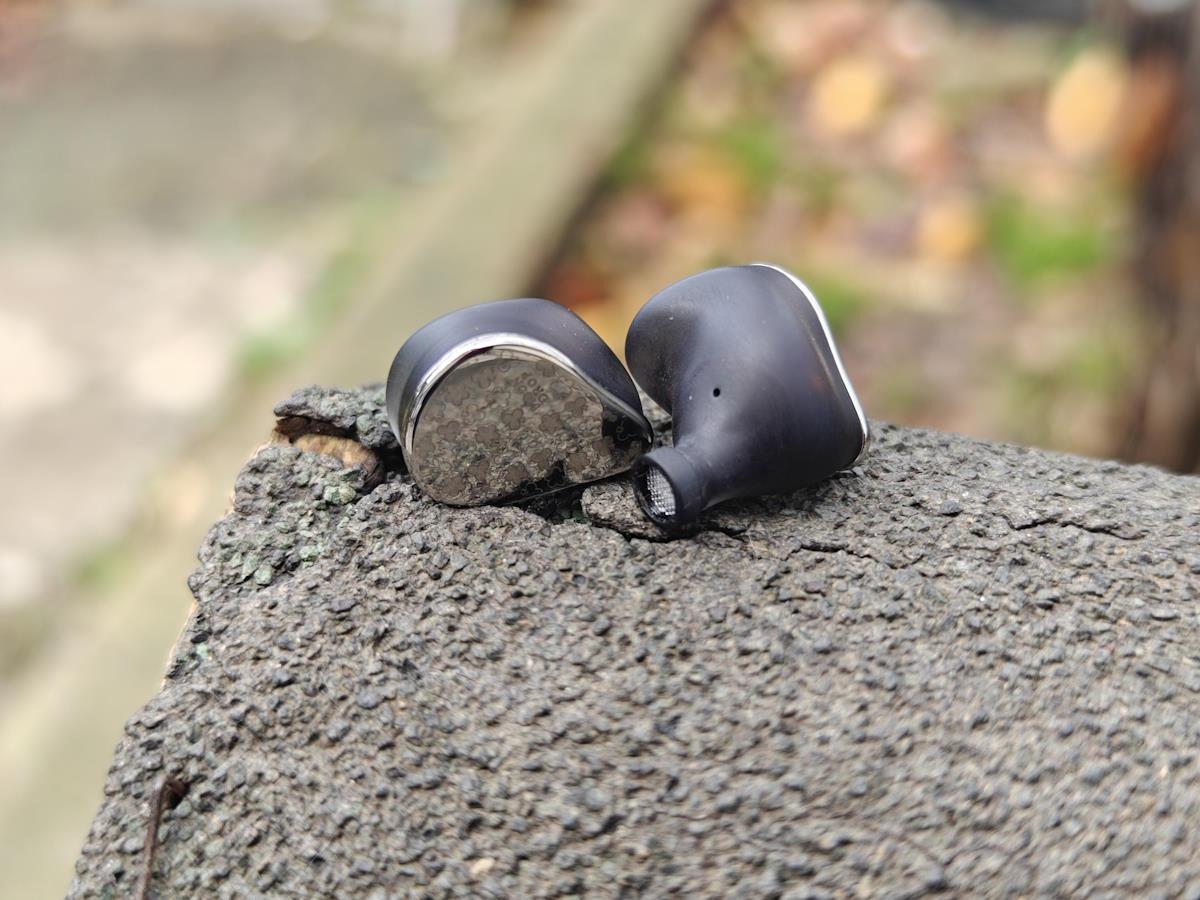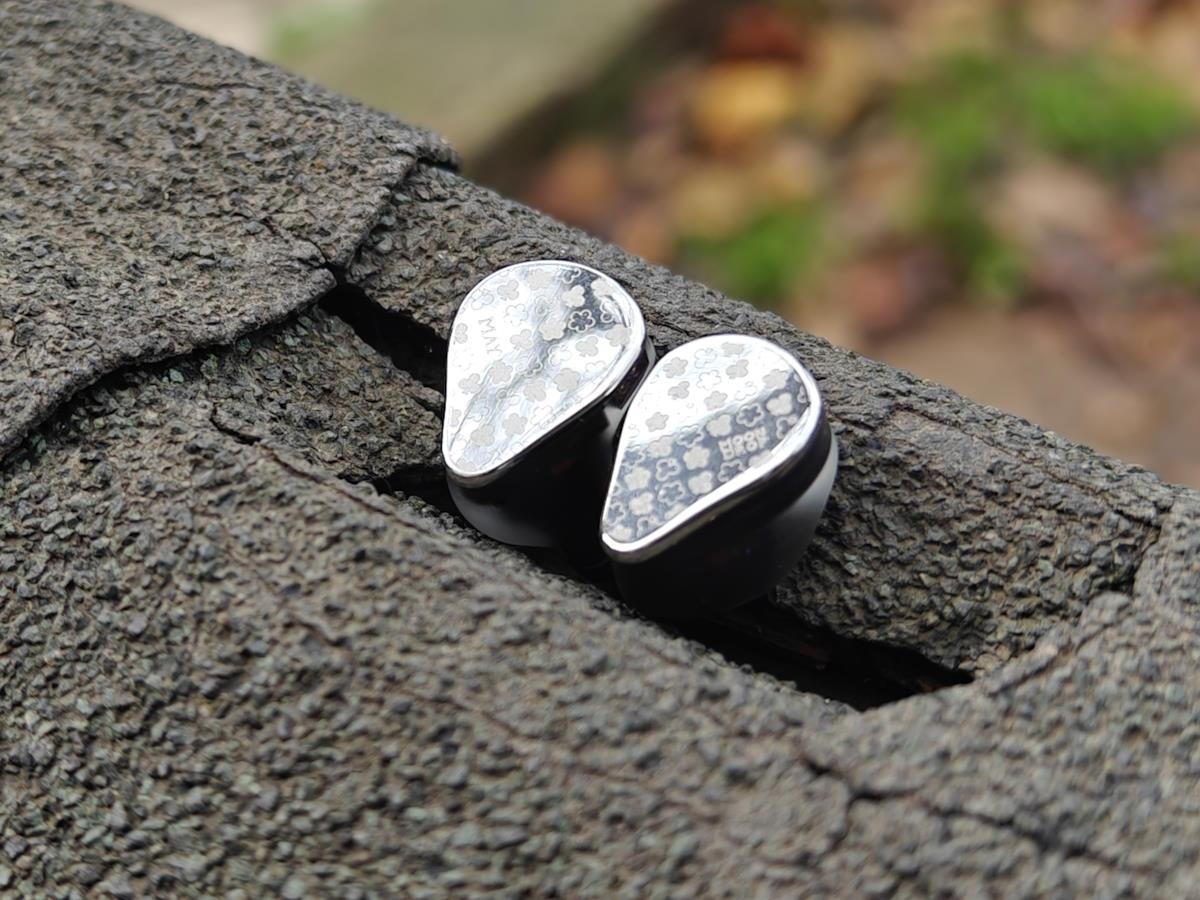Moondrop MAY DSP Review – DD+Planar Type-C IEM
Moondrop has equipped the MAY with a dual-driver hybrid setup. It features a 10mm sapphire-plated diaphragm dynamic driver unit with a 6mm annular planar driver unit. This dual-driver setup works flawlessly and delivers quality sound with impressive resolution and ultra-low nonlinear distortion.
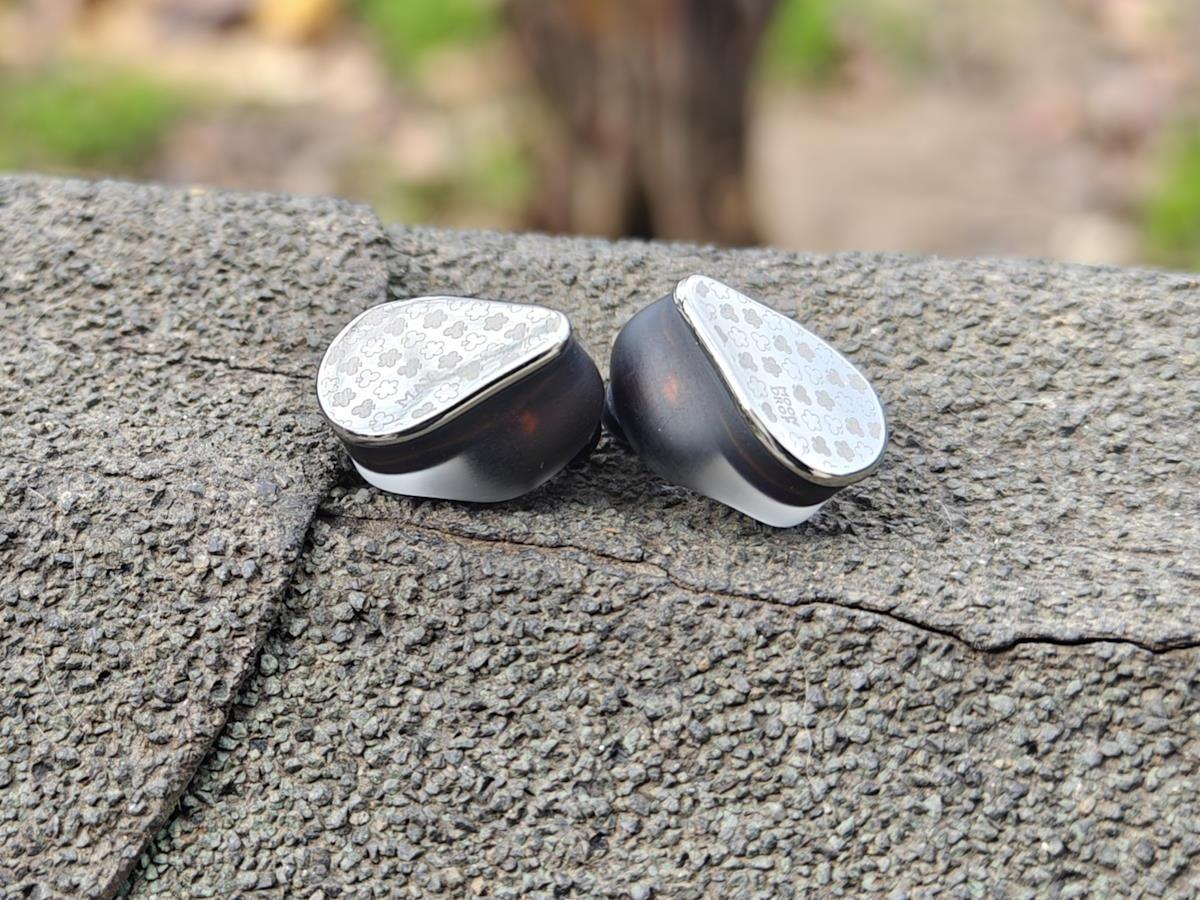
The new Moondrop MAY uses the newly developed sapphire-evaporation composite flexible-suspension diaphragm, reproducing classic beautiful timbre, providing wide-band smooth response and ultra-low distortion of fast transients.
The 6mm annular planar driver handles treble details above 8000Hz with lower distortion, stronger extension, and richer smoothness, resulting in natural, transparent high-frequency details.
The IEM cable has built-in DAC-AMP architecture that provides sound decoding supporting up to 32-bit/384kHz PCM audio signals. This cable is the Free DSP cable that sells separately for $29.99, which I reviewed a while ago. With this math, we can say that the MAY is a $30-$40 worth of an IEM.
The customized DSP (Digital Signal Processing) chipset offers tuning options with five preset options and PEQ support. Users can play around with different tuning options using the Moondrop Link 2.0 Application.
Moondrop MAY has a nice finish. The shells are crafted using a high-precision 3D-printing process made with medical-grade resin material which is soft to the touch. They have an ergonomic and comfortable design that ensures a comfortable wearing experience. The chrome-metal face plates though, I’m not a big fan. I wish it was in a dark color too.
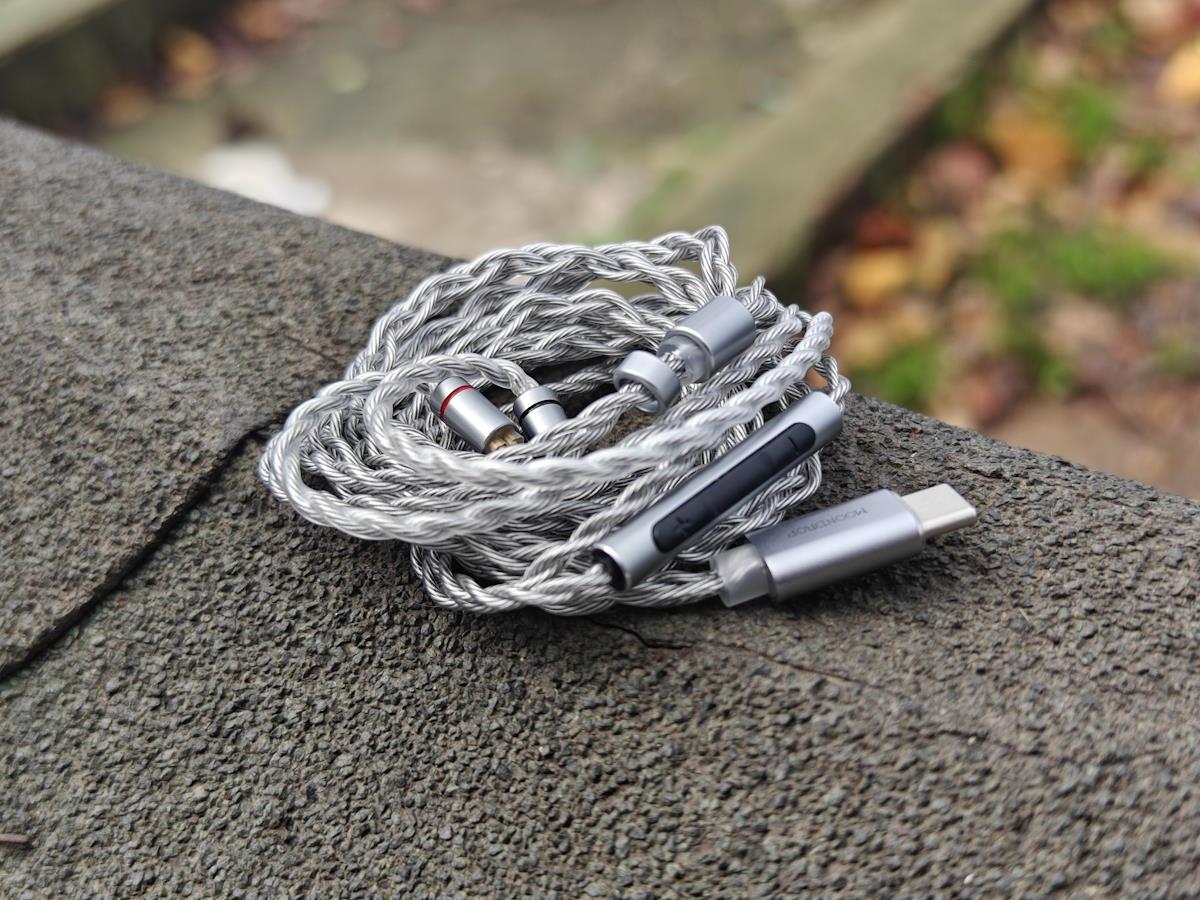
MOONDROP MAY installs the three buttons of the independent online control + microphone module, so users can easily adjust the volume, play and pause music, and receive phone calls. The high-quality microphone ensures clear voice calls.
What’s in the box
Features
- High-Performance USB Type-C Online Interactive DSP IEMs.
- Dual-Driver Hybrid Setup.
- Unique Dynamic Driver+Planar Driver Configuration Per Side.
- Professional FEA Cavity Acoustic Optimization.
- Customized DSP Chipset.
- Supports PCM Decoding Up to 32-bit/384kHz.
- Integrated Portable HiFi Solution.
- Clean and Crisp Output With Ultra-Low Non-Linear Distortion.
- Unlimited Tuning Possibilities with Online Interactive DSP.
- Medical-Grade Resin Material Ear Shells.
- High-Precision 3D-Printed Cavity Design.
- Convenient Three-Button In-Line Media Controls.
- High-Quality In-Line Microphone.
- Standard 2-Pin 0.78mm Detachable Cable.
Specs
- Impedance: 30Ω±15%.
- Sensitivity: 120dB.
- THD+N: ≤0.05%.
- Frequency Response Range: 7Hz-39kHz.
- Effective Frequency response: 20Hz-20khz.
- Termination Plug: USB Type-C.
- Price: $64.99
I would like to thank Shenzhenaudio for providing me with the review sample of MAY.
Moondrop Link APP
After you plug the MAY into your phone and give permission to the Link App to access it, you click the plus sign and choose the cable from USB devices. After that, you can see 2 rows that show the cable’s features. The first one is the EQ presets that you can apply to your IEM immediately, which are Standard, Basshead+, Reference, No Bass, and Harman Style.
The second and more interesting feature is the PEQ option. First, you see the main screen which is 9 lines of frequency ranges that you can manually put the values in. When you click “download” at the bottom you see another page with 3 tabs again. The first tab named “Official” contains PEQ presets for your Moondrop MAY IEMs.
On the third tab “Featured” there are presets that are uploaded from other FreeDSP users. Sadly most of them are in Chinese and you can’t know which IEM is used, but there are some English presets too.
For a detailed review of the DSP cable and PEQ guide please read my Free DSP cable review.
Sound
Lows
There is ample energy in the thump and an agile attack speed. This allows the Moondrop MAY DSP to sound energetic while maintaining good resolution in the low end with fast percussions and bass-intensive hip-hop, and EDM tracks. You can feel the decay speed being quite fast while good air in the mix is captured.
You can hear the sub-bass being well present. The sub-bass region has a small bump to add extra texture and meat to the kicks, as well as a soothing weight to guitars that cut through the mixes quite well.
The lows have a nice presence, which adds more body to the lower register notes. A good balance between articulacy and clarity is maintained with just enough rumble to sound deep and expanded but not boomy.
The bass drum slams cleanly with good fullness and power. The same is also for the bass guitars and their overtones which can be heard with a moderately fast attack.
The bass is rendered dense and airy leaving plenty of room to house the upper frequencies.
Mids
Moondrop MAY has a recessed midrange to achieve higher transparency and wider perceived frequency extension.
The midrange is smooth and nowhere dark or dull, with good energy in the 1-2kHz range that brings out more details in the vocal range, especially for lighter voices. The tuning takes away most sibilance thus tilting the signature to the warmer and sweeter side. Some sparkle is added to give more textures to the overtones and strengthen the resolution which makes it sound very smooth with pop music.
The low-mids on the Moondrop MAY DSP are slightly forwarded to give more meat to the vocal and acoustic instruments. Together with some boosts in the presence region, the vocal sounds are quite pronounced. It is expressive with pops and is decently layered.
Highs
While the low-mids are quite powerful some frequencies in the treble are lifted to compensate and together it does sound quite balanced and opened up with very slight aggression.
The sibilance zone gets a well-rounded treatment and beyond that point, more energy is added to boost air and crispiness. Cymbals cut through the mix clearly and the ultra-high frequencies at the top end are not overly boosted to preserve musicality.
With synthesized music, clarinets, horns, and strings it sounds very airy. The Moondrop MAY DSP can bring up the overtones that make resonating sounds sound dense and textured, such as bells.
Staging
Having the mid-range frequencies drawn up-front, the vocal experience is more intimate and the staging sounds fairly expanded with instrument positions well defined.
You could hear the bass being quite extended and the pronounced upper mids get more attention than the upper treble, thus limiting the perceived stage size yet helping it to sound more realistic.
As for the vocal imaging, the lead vocal is placed a few rows in front, spaced nicely while maintaining good thickness and density. Pop music and jazz sound livelier and more musical, without sounding overly thick or poorly imaged.
Sum-Up
The Moondrop MAY DSP is an interesting package. First, it comes with Moondrop’s Free DSP cable. Second, it also comes with a hybrid driver configuration including a planar driver for the treble.
The standard tuning out of the box though we can consider the safest tuning of Moondrop in a long time, talking about the treble extension, not the best planar treble that I’ve heard.
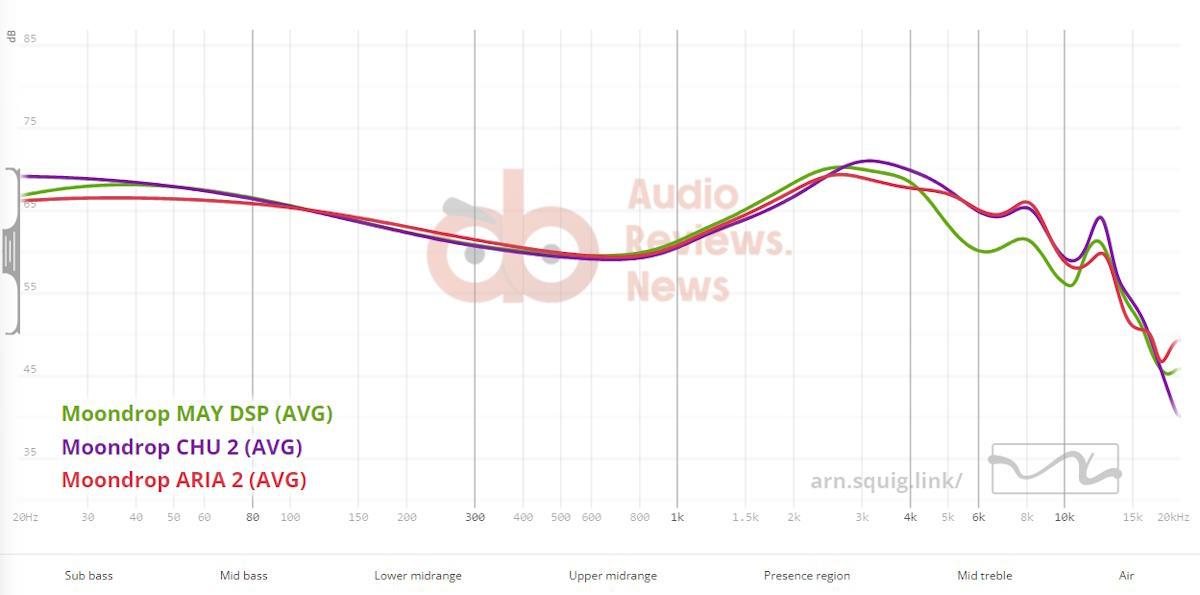
But if you leave the standard tuning aside and start playing with the PEQ function of MAY, a new world opens up in front of you. This DD+Planar hybrid IEM has serious potential. Using it with the Blessing3 tuning, in my ears ending this review, MAY sounds like a completely different IEM, they simply sound amazing.

